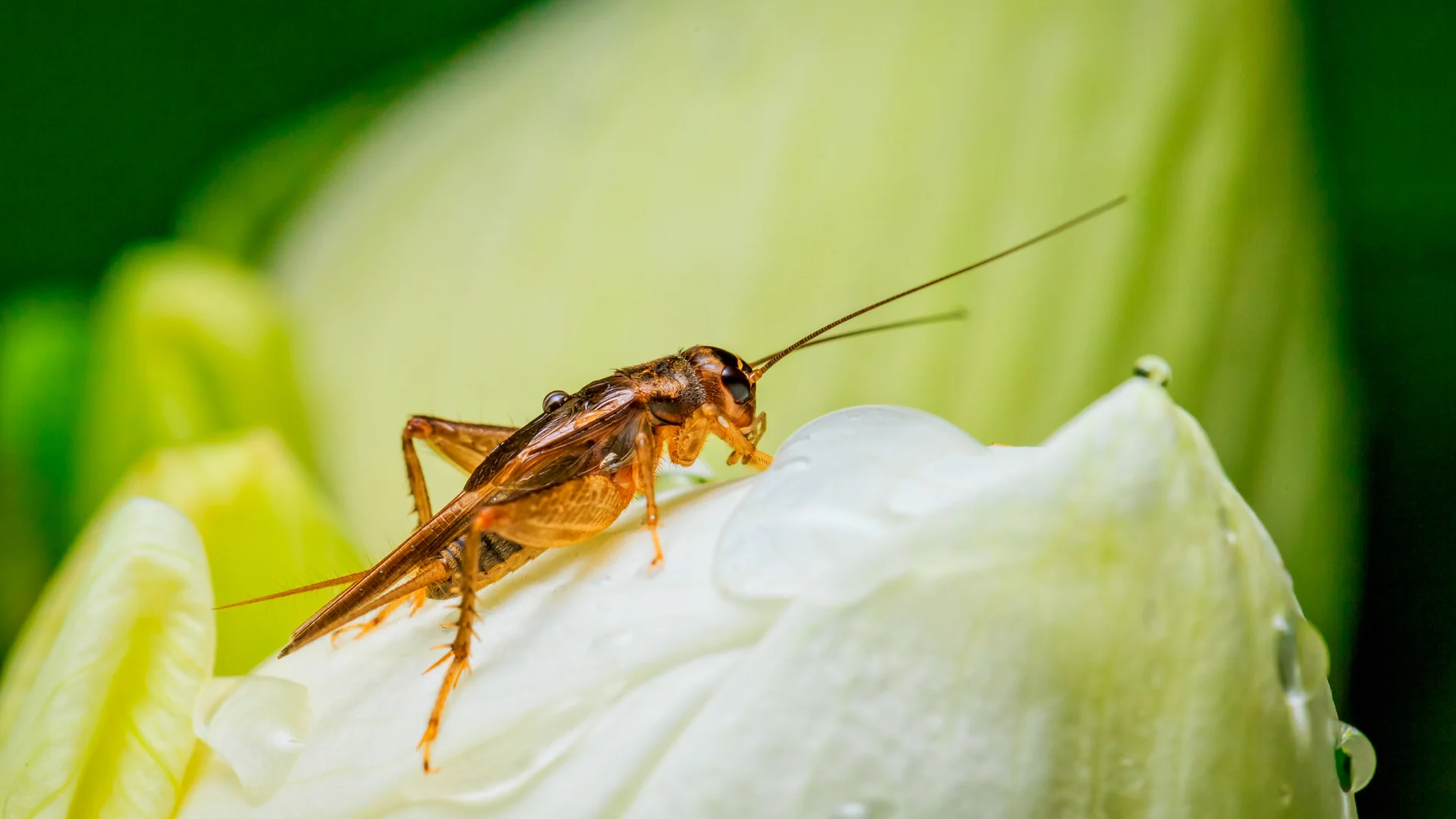
You aren't imagining it: Crickets ARE louder this month
The steady hum of crickets is a near-constant during the summer. If you've noticed them getting louder in recent weeks, there's a reason for that - and experts say it has to do with the weather.
But first, how do crickets produce noise?
Male crickets produce their characteristic chirping using a scrape-like structure on the left wing against a file-like system beneath the right wing. Like another noisy summer insect, the cicada, male crickets chirp to attract females, who will go on to lay up to 700 eggs.
Mating happens in the late summer and early fall, so the crickets have turned up the volume. And they can definitely get loud, with some species capable of producing noises over 100 decibles, not that far off from the levels produced by a honking car horn.
The temperature-telling trick
The old wives tale that you can predict the weather based on a cricket's chirp may have some truth. It apparently originated in the Farmer's Almanac and is explained in an old article by Scientific American (SA).
According to SA, the key to using cricket chirps as a thermometer has to do with the relationship between temperature and chirping frequency. As the temperature changes, so does the rate at which crickets chirp.
Here's how you can test it out yourself:
Listen: Find a quiet spot outdoors where you can hear the cricket chorus. Crickets are most active during the evening and night.
Choose a cricket: Select a single cricket to focus on. That will make it easier to count its chirps.
Start your timer: Begin timing for a set duration, ideally around 14 seconds. You can use a watch or a timer app on your phone.
Count the chirps: During the timed interval, count the number of chirps the cricket produces. Ensure you count only one cricket's chirps, not the entire ensemble.
Apply the formula: Once you have your chirp count, add 40 to it. This simple calculation will provide you with an approximate temperature in degrees Fahrenheit.
The science behind the trick
The trick works because temperature and cricket metabolism are linked. When it's warmer, crickets chirp faster, and when it's cooler, they tweet more slowly. The formula (count + 40) is a close approximation because it reflects the temperature-dependent behaviour of crickets.
Some things can influence your results though, like the cricket's species, age, and time of day. If you count chirps during a rapid temperature change, your results may also be skewed.
Header image: File photo via Canva Pro.






